Ask ‘How will they learn best?’ not ‘Can they learn?’–Jaime Escalante
Universal Design for Learning (UDL) strategies are vital in supporting students with weak working memory. Providing UDL strategies is how you reach students with weak working memory. Working memory is the ability to retain and use information. For example, students with weak working memory have difficulty reading, solving math problems, and following instructions. According to the article, “Working Memory Underpins Cognitive Development, Learning, and Education,” working memory is what facilitates planning, comprehension, reasoning, and problem-solving. It is important to understand how to incorporate UDL strategies in order to reach students with weak working memory.
Why UDL Strategies?
As a Special Education Director, I had the opportunity to observe many teachers. One observation stays with me. The teacher told her students she is paid by the state to teach the content standards. On one hand, I can see the teacher’s perspective. In a sense, teaching is about the content standards you need to cover. However, if you teach the content standards and students don’t learn it, does that count?
So how do teachers help students learn?
Universal Design for Learning (UDL) appears in the education law, Every Student Succeeds Act (ESSA). ESSA states that UDL is a highly regarded practice. UDL is a powerful approach to incorporate in your lessons. It involves 3 guiding principles. First, presenting information in multiple ways. Secondly, providing different ways to engage everyone. Lastly, providing options for students to demonstrate understanding. In summary, UDL provides multiple ways for students with weak working memory (as well as other cognitive challenges) to access the content standards.
What are the UDL Synchronizing Strategies for Students with Weak Working Memory?
Universal Design for Learning (UDL) supports the idea that all students should have the opportunity to become proficient learners of standards-based content. In fact, Dot It’s Synchronizing Strategies are aligned with the 3 guiding principles of UDL
Implementing a more rigorous curriculum can be a challenge. Markedly, many students are performing below expectations already. For students in the MTSS process, using UDL Synchronizing Strategies is a way to differentiate your lessons. For students with disabilities, UDL Synchronizing Strategies can be your instructional accommodations. These Synchronizing Strategies were adapted from CAST. It is a nonprofit organization that developed the Universal Design for Learning framework. In summary, UDL enables you to reach your students based on scientific insights into how students learn.
Start with these three places in your lesson.
When planning your lesson, think about how to reach students with weak working memory by including these UDL Synchronizing Strategies. Depending on the impact of a student’s working memory, you can provide one, two, or three.
Strategy 1: Presentation – These are strategies to present information so students with weak working memory can remember information and relate it to something they know.
Examples are: previewing the lesson, connecting the concepts to prior knowledge, and using visuals to support the information.
Strategy 2: Engagement – These are strategies to engage students with weak working memory so they can maintain attention and focus.
Examples are: chunking information into smaller parts, paraphrasing what you have taught frequently, and praising student effort and use of memory strategies.
Strategy 3: Expression – These are strategies to support students with weak working memory express what they remember.
Examples are: giving guides and checklists, providing sentence starters, and using graphic organizers.
These students have a difficult time remembering a series of information, a collection of facts, and multi-step directions. Working memory challenges impact the ability to hold new information and use it to successfully complete a task. Working memory also impacts other cognitive skills, so students with weak working memory usually need the most support.
Therefore, reaching your students with weak working memory is possible. These Synchronizing Strategies remove the primary barrier to learning.






